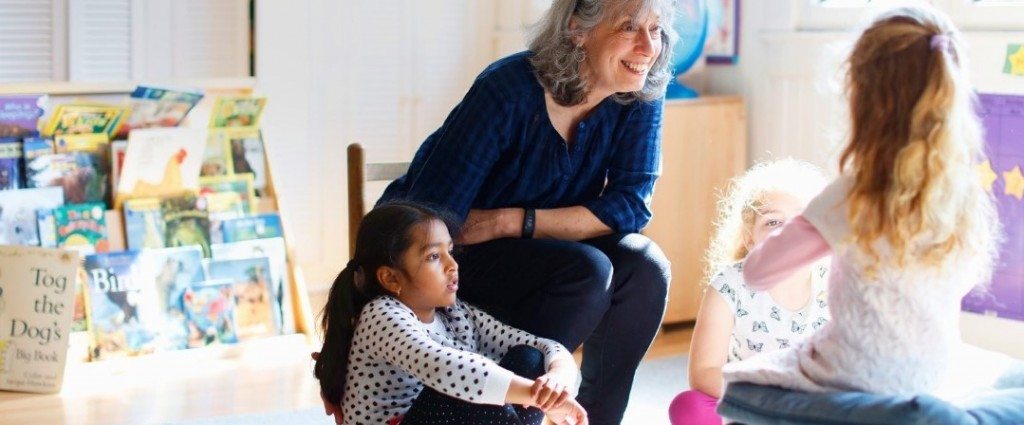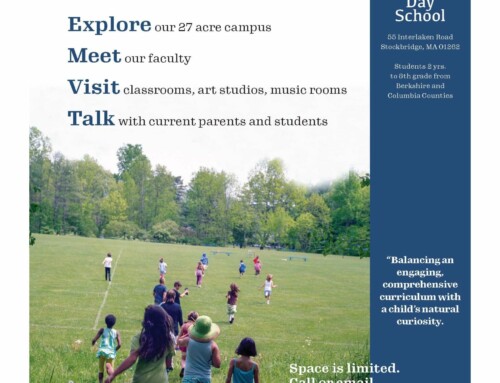One of the joys of my job is that I get to experience and witness the quality of our talented teachers and program in action at BCD. I especially enjoy my daily walks through our classrooms, and I always try to chart a developmental course – from Preschool through the oldest grades.
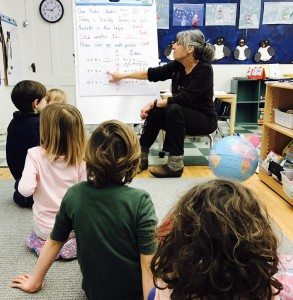 Often I arrive in Kindergarten while Andrea Patel is leading “morning meeting,” a cornerstone of each day in her classroom and guided by her deep experience with, and commitment to, the Responsive Classroom approach. In morning meeting, everyone gathers in a circle for twenty to thirty minutes at the beginning of each school day and proceeds through four sequential components: greeting, sharing, group activity, and morning message. It is here that our students learn how to build a safe learning community, to assert themselves, to become keen listeners, to join in collaborative work, and to engage in meaningful discussion about their world, learning, and the day ahead.
Often I arrive in Kindergarten while Andrea Patel is leading “morning meeting,” a cornerstone of each day in her classroom and guided by her deep experience with, and commitment to, the Responsive Classroom approach. In morning meeting, everyone gathers in a circle for twenty to thirty minutes at the beginning of each school day and proceeds through four sequential components: greeting, sharing, group activity, and morning message. It is here that our students learn how to build a safe learning community, to assert themselves, to become keen listeners, to join in collaborative work, and to engage in meaningful discussion about their world, learning, and the day ahead.
The Responsive Classroom approach is informed by the work of educational theorists and the experiences of exemplary classroom teachers. Several principles guide this approach, including:
- The social and emotional curriculum is as important as the academic curriculum.
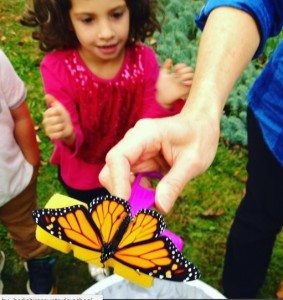
- How children learn is as important as what they learn.
- Great cognitive growth occurs through social interaction.
- To be successful academically and socially, children need to learn a set of social and emotional skills: cooperation, assertiveness, responsibility, empathy, and self-control.
- Knowing the children we teach—individually, culturally, and developmentally—is as important as knowing the content we teach.
- Knowing the families of the children we teach is as important as knowing the children we teach.
 Independent research has found that the Responsive Classroom approach is associated with higher academic achievement, improved teacher-student interactions, and higher quality instruction. It makes sense, right? Everyone learns better in a safe learning environment where the teacher holds the guiding principles of the Responsive Classroom approach as truths. Everyone feels supported in developing their uniqueness and special promise in an environment founded on mutual respect; where they feel known and understood; where care for and a concern for one another are norms; and when speaking up, participating, and taking risks are encouraged.
Independent research has found that the Responsive Classroom approach is associated with higher academic achievement, improved teacher-student interactions, and higher quality instruction. It makes sense, right? Everyone learns better in a safe learning environment where the teacher holds the guiding principles of the Responsive Classroom approach as truths. Everyone feels supported in developing their uniqueness and special promise in an environment founded on mutual respect; where they feel known and understood; where care for and a concern for one another are norms; and when speaking up, participating, and taking risks are encouraged.
ALL I REALLY NEED TO KNOW I LEARNED IN KINDERGARTEN
By Robert Fulghum
All I really need to know about how to live and what to do and how to be I learned in kindergarten. Wisdom was not at the top of the graduate school mountain, but there in the sand pile at school. These are the things I learned:
- Share everything.
- Play fair.
- Don’t hit people.
- Put things back where you found them.
- Clean up your own mess.
- Don’t take things that aren’t yours.
- Say you’re sorry when you hurt somebody.
- Wash your hands before you eat.
- Flush
- Warm cookies and cold milk are good for you.
- Live a balanced life – learn some and think some and draw and paint and sing and dance and play and work every day some.
- Take a nap every afternoon.
- When you go out in the world, watch out for traffic, hold hands and stick together.
- Be aware of wonder. Remember the little seed in the Styrofoam cup: the roots go down and the plant goes up and nobody really knows how or why, but we are all like that.
- Goldfish and hamsters and white mice and even the little seed in the Styrofoam cup – they all die. So do we.
- And then remember the Dick-and-Jane books and the first word you learned – the biggest word of all – LOOK.
(Source: “ALL I REALLY NEED TO KNOW I LEARNED IN KINDERGARTEN” by Robert Fulghum)
